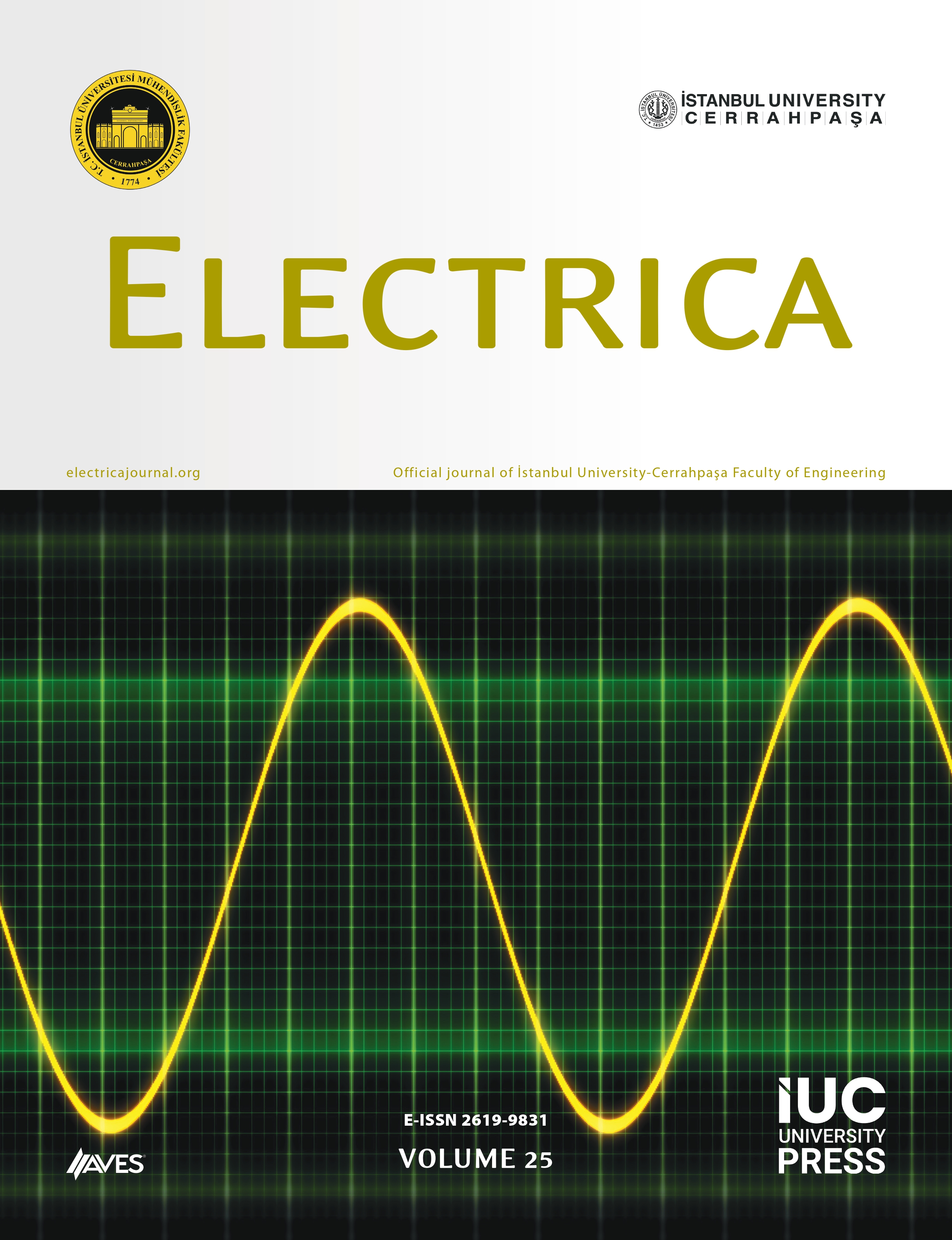This study introduces a model that adjusts the DC voltage output from PV panels through a Cuk Converter while a Class-E inverter produces a high-frequency AC voltage. The model addresses the impact of varying irradiation levels on the operational conditions of the PV panels. To counteract fluctuations in DC voltage due to temperature, irradiation, or load changes, a PI Controller is utilized to keep the DC voltage constant. This stable DC voltage is then converted to AC voltage at a frequency of 15 kHz using a Class-E inverter. This modeling study aimed to maintain the inverter’s output voltage at a steady 100V (RMS), regardless of fluctuations in irradiation, temperature, and the load connected to the inverter. The modeling process involved testing four scenarios, with results analyzed for each. In the first scenario, variations in irradiation were managed effectively by the PI controller, which kept the output voltage constant. In the second scenario, when the panel temperature was modified, the PI controller ensured that the output voltage remained steady. The third scenario maintained a constant output load while altering the other two variables, and here, the PI controller successfully stabilized the output voltage as well. In the fourth scenario, all variables were changed together, dropping the output load below a critical level. As a result, the output voltage could not be kept constant due to inadequate irradiation. The study demonstrates that the model functions reliably within specific variable ranges, but instability occurs when multiple variables fall below acceptable levels simultaneously.
Cite this article as: F. Issi and M. Karhan, “Modeling and control of DC to high-frequency AC voltage conversion for photovoltaic systems under variable irradiation, temperature and load conditions,” Electrica, 25, 0198, 2025. doi: 10.5152/electrica.2025.24198.



.png)

.png)